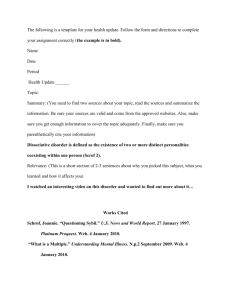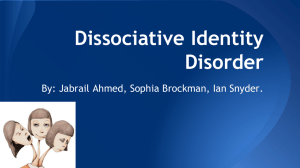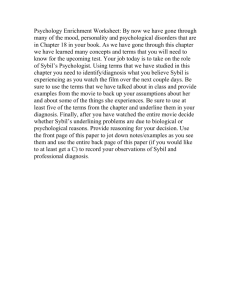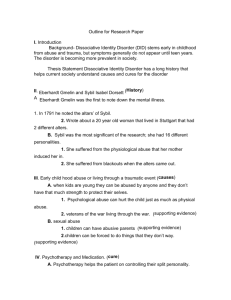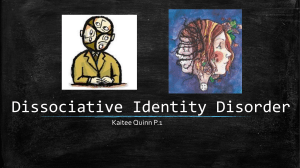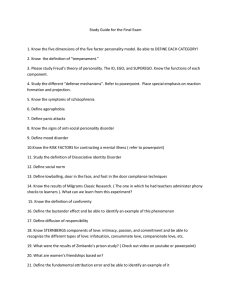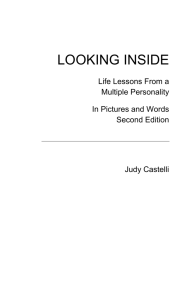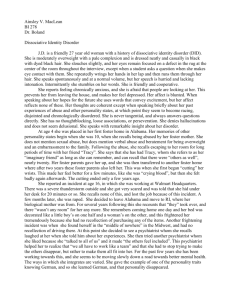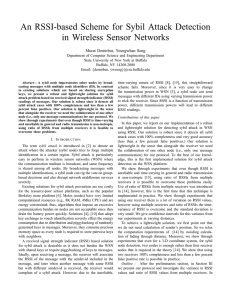HOW TO DO A HEALTH UPDATE ppt
advertisement
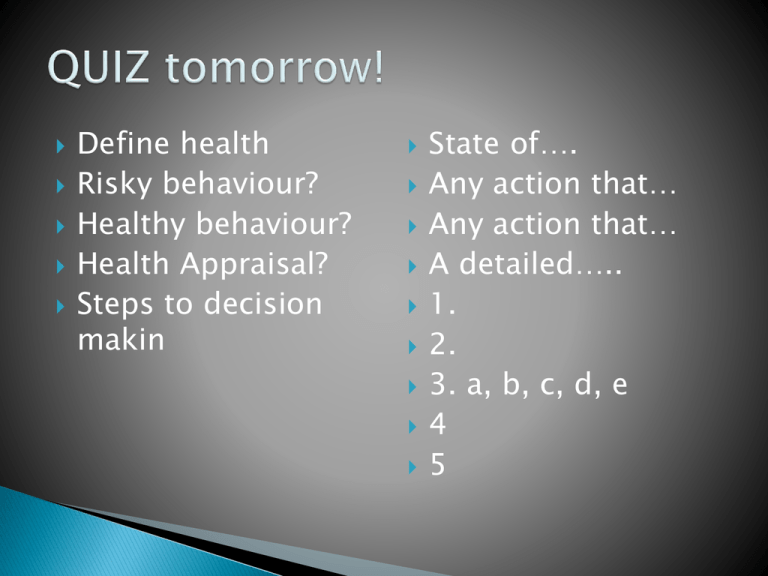
Define health Risky behaviour? Healthy behaviour? Health Appraisal? Steps to decision makin State of…. Any action that… Any action that… A detailed….. 1. 2. 3. a, b, c, d, e 4 5 Your only consistent homework Every 3 weeks, plenty of time! Must be typed, and submitted to TURNITIN Must be on a health related topic Must use two acceptable sources Worth 50 points!! Will teach you important skills to use on your research paper Pick a health related topic that is interesting Examples: Find two legitimate sources (articles from a newspaper, magazine or internet source) Read articles , and take bullet points. Then write a summary of the information. Put the important information into your own words. Make the summary interesting but include necessary information. You must use parenthetical citation on the information you summarize Example: It is important for teens to get 9 hours of sleep (Smith 7). Now, in a separate section titled “Relevance” write out why you picked this topic, what you learned and how it affects you You must list the sources you used in writing the health update The sources must be listed in alphabetical order and all the bibliographic information must be included and be in the correct order. You will be given a handout with clear instructions on how to do this! Your health update needs to be in the following format: Upper left hand corner: ◦ ◦ ◦ ◦ ◦ Name Date Period Health Update # ______ Topic: Freshman Seminar Period 4 Health Update #1 Topic: Multiple Personality Disorder or Dissociative Identity Disorder Summary: Perhaps the most interesting mental illness is multiple personality disorder. To think that the human mind could splinter in to different personalities is fascinating to most of us. Formerly referred to as multiple personality disorder, Dissociative Identity Disorder is characterized by 2 or more identities or personalities within a single individual. It is a disease thought to begin in childhood in response to repeated traumatic or overwhelming life experiences. Some examples of trauma are physical or sexual abuse, wartime experiences or relocation, or even long and painful medical experiences such as chemotherapy. In fact, in studies of patients with DID, a range of 70% to 95% of patients reported childhood abuse. It is thought that the traumatizing circumstances and poor relationships with caretakers disrupt the normal consolidation of personal identity. The traumatic memories are “encapsulated to permit development in other areas of life such as academics and social life. The outcome is that a person embodies a number of concrete independent states”. The case of “Sybil” depicted in the movie shows a person who developed 16 different identities to get away from painful memories of abuse inflicted on her when she was a very young child. Before that movie was made there were only 40 known cases of DID in the world. After the book was published those numbers have gone up to the point where 1 in 100 people suffer from some form of this disease (Schrof 66). Most people with DID do not have the separate and distinct identity fracturing, but rather have different facets of their personality that come out and dominate. They don’t black out, they don’t commit murders, they don’t lose years of their life to other personalities. They rather just feel fractured, they don’t feel whole or in control, they feel as if any of the other characteristics can take charge of their body at any time. However, patients with DID typically do have amnesia as they can not remember important events in their life, and they can have blackout phases in which recent events are unable to be recalled. They also experience fluctuations in personalities and talents. “Some patients actually have variable blood pressures, blood glucose levels, changes in visual acuity (eyesight) and variable responses to drugs and treatments with the shifting of identities. The good news is there is treatment that helps people with DID integrate all these personalities into one. The treatment may take a long time, but with therapy the patients log and monitor emotions so that they can identify possible triggers that will set off an identity. They also work on coping mechanisms such as setting goals, creating schedules and being organized. Finally, they develop a crisis plan to help them respond to stressful situations (“What is a Multiple” 3). Relevance: We just watched the movie Sybil and I found the subject fascinating. I wanted to know if the movie was factual. I discovered that some multiples do act like Sybil, but most are less extreme. While some people think DID does not exist, I believe it does based on the research I completed. Works Cited Schrof, Joannie. “Questioning Sybil.” U.S. News and World Report. 27 January 1997. Platinum Proquest. Web. 4 January 2010. “What is a Multiple.” Understanding Mental Illness. N.p.2 September 2009. Web. 4 January 2010.
